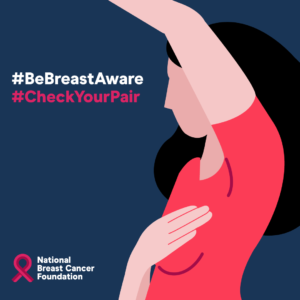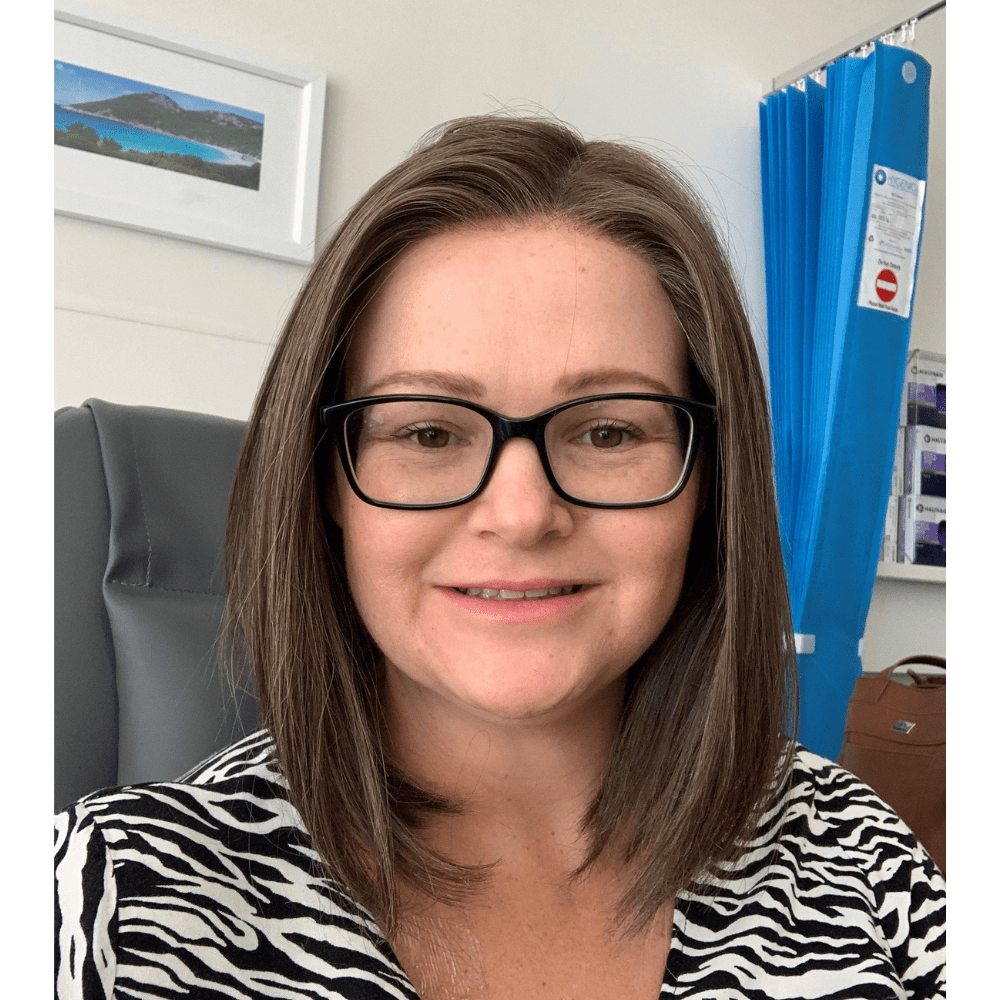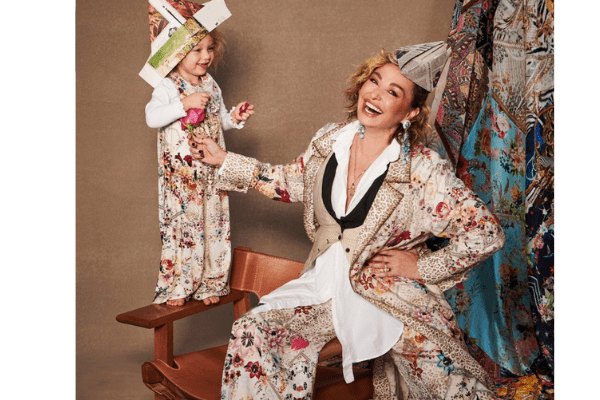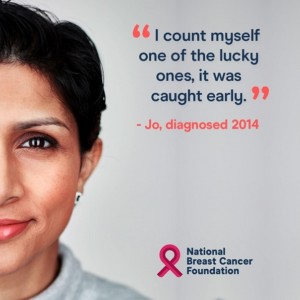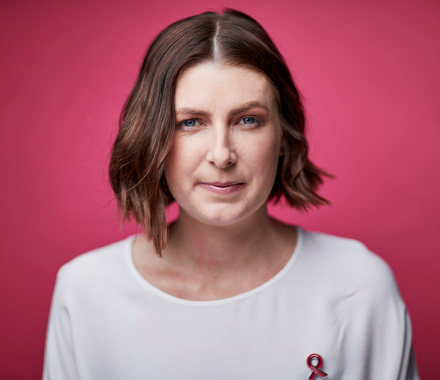How To Check For Breast Cancer Signs and Symptoms
How Should I Check My Breasts?
Take the time to ‘get to know’ how your breasts normally look and feel through normal regular activities (such as showering, getting dressed, using body lotion or looking in the mirror).
You don’t need to use a special technique, but ensure you look at and feel your breasts regularly. Make sure this includes all parts of your breast, your armpit and up to your collarbone.
For women of all ages, it is recommended that you be breast aware. Breast awareness is being familiar with the normal look and feel of your breasts, so that you can identify any unusual changes (such as a new lump, thickening in the breast, especially if it is only in one breast, changes to the shape or size of the breast or changes to the shape of the nipple).
What Should Your Breast Feel Like?
How your breasts look and feel may be different to another person. However, breast awareness can help you become familiar with how your own breasts normally look and feel, so that you can alert your doctor if you identify any new or persistent changes that are different for you.
What should you look for in your breasts?
Be aware of any new or unusual changes in your breasts. If you notice any signs or symptoms of breast cancer (such as a new lump, thickening in the breast, especially if it is only in one breast, changes to the shape or size of the breast or changes to the shape of the nipple), see your doctor immediately.
Sign or symptoms of breast cancer will depend on where the tumour is, the size of the tumour and how quickly it is growing in the breast. For example, some women will not have any symptoms and the breast cancer is found during a screening mammogram (a low dose x-ray of the breast).
Deirdre’s story
Breast cancer wasn’t something Deirdre ever thought she would face, but she acted immediately when she noticed the lump. It’s lucky she did because this meant her cancer was caught early and hadn’t yet progressed to the point where her whole breast needed to be removed, rather requiring a lumpectomy as the first step in her treatment journey.
“Everyone needs to be brave. Take your health into your own hands, because if you don’t take ownership of it, who will? The earlier you pick up a lump, the greater your chances of coming out of the other side of breast cancer with the best health possible.” Deirdre, diagnosed 2021
What Does A Lump In Your Breast Feel Like?
A new lump is one of the most common signs of breast cancer. Lumps that are breast cancers can vary. For example, they may be painless or painful. Lumps can also be a sign of a benign (non-cancerous) breast condition. However, if you have found a new lump or breast change, it is important to see your doctor so that it can be checked by a health professional.
“Today is the perfect day to check your breasts because you can’t afford to waste a single precious one when it comes to fighting this beast. Every day counts. Lather up in the shower and give your boobies a good feel! If anything’s not right, go straight to the doctor.” NBCF ambassador Camilla, diagnosed 2018
When Should I See A Doctor?
It is important to remember that most breast changes are not caused by cancer, and the signs and symptoms can be caused by other medical conditions. However, if you have noticed any symptoms or changes in your breasts, it is important that you see your doctor without delay so that the changes can be checked. This may include a physical examination or imaging of your breasts. Early detection gives the best possible chance of survival if you are diagnosed with breast cancer.
It is important to remember that breast awareness does not replace having regular mammograms and other screening tests as recommended by your doctor. Some people diagnosed with breast cancer have signs or symptoms. However, some women have no signs/symptoms and the breast cancer is found during a screening mammogram.
In order to detect breast cancer early, it is recommended that all women between 50-74 years attend regular screening mammograms every two years. These are offered for free by BreastScreen Australia. Women aged 40-49 and 75 years and older are also eligible for free mammograms if they choose to attend. In deciding whether to attend a screening mammogram, women in these age groups can speak with their doctor and should also consider the potential benefits and downsides of screening mammograms for them.
If you have a strong family history or you are concerned that you may have an increased risk of breast cancer, talk to your GP or local family cancer clinic. Your doctor can help you assess and manage your breast cancer risk and will advise of any additional precautions or screening you may require.
Should Men Be Breast Aware too?
Breast cancer affects both men and women, because both men and women have breast tissue. Although it is uncommon, men can be diagnosed with breast cancer too. About 1 in 500 men are diagnosed with breast cancer. Last year alone over 30 Australian men lost their lives to breast cancer. If you are a man, and you notice any new and unusual changes in your breasts, it is important to see your doctor as soon as possible so that the changes can be examined by a health professional.
Anyone can get breast cancer. Men and women. Young and old. Breast cancer does not discriminate.
George was diagnosed with breast cancer in 2007 after he discovered an irritation in right breast during a game of golf. After a visit to the GP, a biopsy confirmed he had breast cancer. Two weeks later he was in hospital having a mastectomy and all his lymph nodes removed. When George first heard he had breast cancer it came as quite a shock. Like most guys, he was unaware men could get this disease. Fortunately, he was diagnosed in the early stages and didn’t require chemotherapy or radiation. However, just nine months later, after a routine scan, a mass forming on his other breast was picked up, so George went back into hospital where I had the other breast removed. George shares his story in the hope it will encourage other men to seek medical advice if they notice any unusual changes in their breasts.
After experiencing breast cancer, George co-founded Men Get Breast Cancer Too Forum, which aims to raise awareness of male breast cancer.
Three points to remember
- Breast awareness is recommended for women of all ages. However, it does not replace having regular mammograms and other screening tests as recommended by your doctor.
- Women and men can be diagnosed with breast cancer. Anybody can. For both men and women, if you notice any new or unusual changes in your breasts, see your doctor without delay.
- Most breast changes are not due to cancer, but it is important to see your doctor to be sure. When in doubt, speak to your doctor.
Lisa’s story
Lisa was diagnosed with breast cancer and had a mastectomy and reconstruction just 10 days before Christmas. Chemotherapy was not needed but she had to have hormone therapy. Taking her doctor’s advice, Lisa opted to freeze some of her eggs prior to starting hormone therapy, in case she wanted to start a family in the future.
“I have always been fairly good at checking my breasts, after finding a benign cyst years ago. And thank God I was. This time, I found a lump in my right breast. It wasn’t a small one either. It felt like the size of a dumpling! It wasn’t visible but easy to find, sitting at the top of my breast.” Lisa, diagnosed 2018
HELP FUND LIFE-SAVING TREATMENT
Together, we can stop breast cancer
Since 1994, NBCF has invested around $200M into nearly 600 world-class research projects. We fund world-class research projects to help further understand risk factors, develop new ways to treat and monitor breast cancer, improve quality of life for breast cancer patients, improve treatment outcomes and ultimately – save more lives.
Help stop deaths from breast cancer, we can’t do it without you.
Get to know how your breasts normally look and feel through normal regular activities (such as showering, getting dressed, using body lotion or looking in the mirror). You don’t need to use a special technique, but ensure you look at and feel your breasts regularly. Make sure this includes all parts of your breast, your armpit and up to your collarbone.
It is important to be familiar with how your breasts normally look and feel through everyday activities (such as showering) so that you can identify if a new lump appears. Make sure you look at and feel your whole breast area frequently, including your breasts, armpits and up to your collarbone. A new lump is one of the most common signs of breast cancer so if you have found a new lump or any unusual change in your breast, it is important to see your doctor without delay.
Make sure you look at and feel your breasts regularly. You have opportunities every day to ‘get to know’ your breasts through activities such as showering or getting dressed so during this time, pay attention to how your breasts normally look and feel so that if something changes – such as a new lump or a change in shape or colour – you can get it checked out quickly by your doctor.
If you feel a lump or thickening of a breast – get checked out immediately. If you notice any changes to the shape or size of one of your breasts, or the colour of one of your nipples – get it checked out by a health professional. See here for more symptoms of breast cancer.
